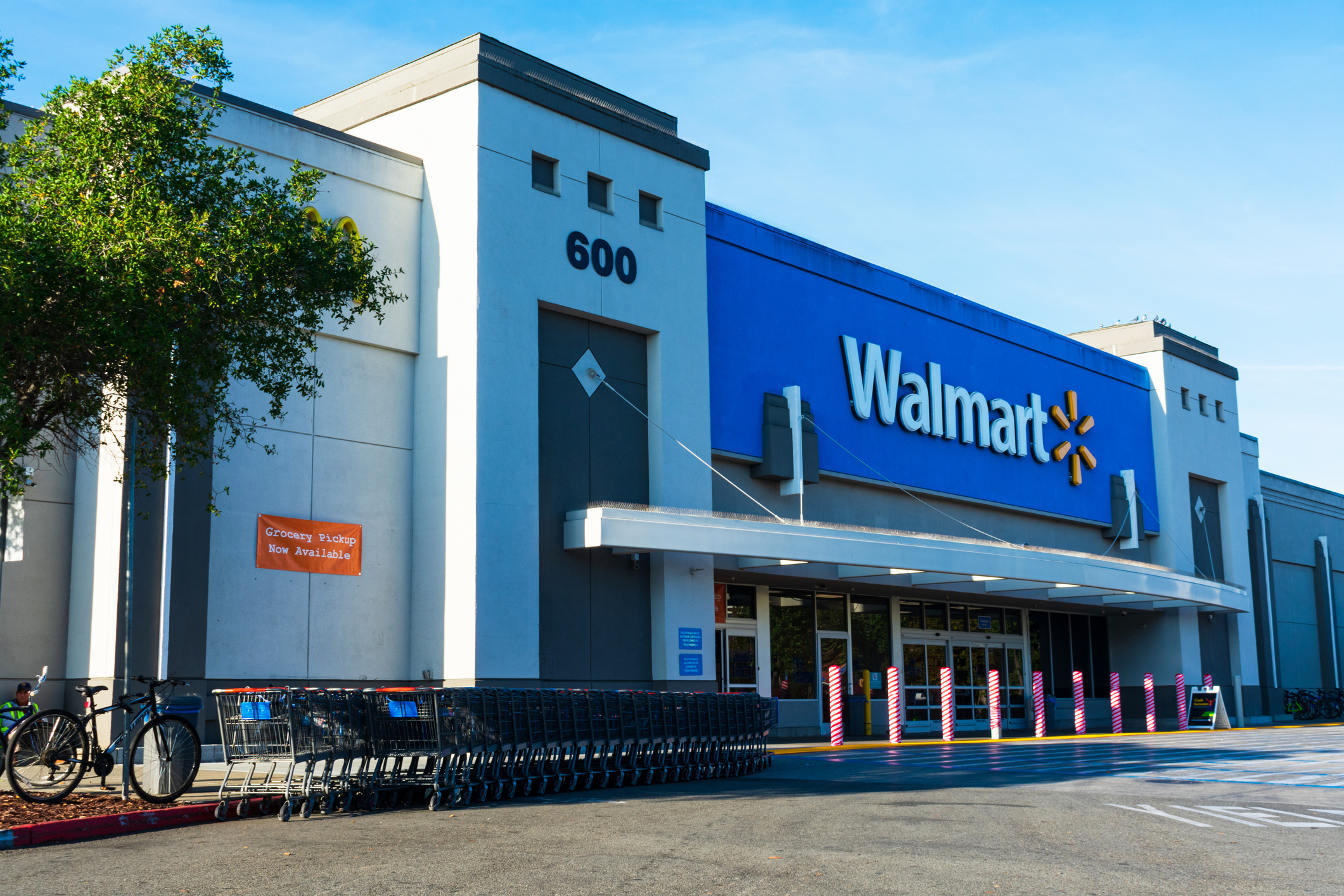
iStock.com/Michael Vi
Should Digital Shelf Labels Stir Worries Over Dynamic Pricing?
Walmart announced that it is replacing price stickers in its aisles with electronic shelf labels at 2,300 U.S. stores by 2026 but insists the technology won’t be used for the controversial practice of dynamic pricing.
In a blog entry, Daniela Boscan, a food and consumable team lead for Walmart, described the arrival of digital shelf labels (DSLs) as “a win for customers and associates.” Her location in Grapevine, Texas, has been piloting the technology since last year.
For store associates, the benefits of DSLs include:
- Increased productivity and reduced walking time: With over 120,000 products on shelves, updating prices for new items, rollbacks, and markdowns, which used to take an associate two days to update, now takes minutes with the new DSL system. Boscan wrote, “This efficiency means we can spend more time assisting customers and less time on repetitive tasks.”
- Simplified stock replenishment: With the “Stock to Light” feature, associates can use their mobile phones to flash an LED light on the shelf tag to help quickly identify locations with low stocks.
- Faster order picking and fulfillment: The “Pick to Light” feature guides associates directly to the products needed for online orders, speeding up picking and improving order accuracy.
Electronic shelf labels are also environmentally friendly, promoting a paperless practice, Boscan noted.
For consumers, one benefit is easier-to-read labels, but the bigger advantage is that it gives associates “more time to support customers in the store,” according to Boscan.
Whole Foods has had electronic labels for years. Schnucks and Amazon Fresh use them too, and they’re common in stores across Europe. Kroger, Hy-Vee, Ahold Delhaize USA, and Dom’s Kitchen & Market are also piloting or rolling out the technology.
However, news of Walmart’s rollout led to numerous articles warning that DSLs can support dynamic or surge pricing, where retailers or other businesses quickly change the cost of products or services based on fluctuations in demand due to weather, traffic, or other issues. Amazon and other online players continuously adjust and evaluate prices based on real-time supply and demand.
In a statement to Retail Brew, a Walmart spokesperson insisted that the new program “is not designed for dynamic pricing.” The statement continued, “Walmart adheres to Everyday Low Price.”
At its annual shareholder meeting on June 5, Greg Cathey, SVP of transformation and innovation at Walmart, likewise indicated that Walmart had no plans to employ dynamic pricing with DSLs. He told Reuters, “It is absolutely not going to be ‘one hour it is this price and the next hour it is not.’”
Wendy’s in February came under fire in announcing plans to use dynamic pricing but later sought to reassure patrons it would be used to offer discounts and not to hike prices when demand is high.
Some believe dynamic pricing would be more accepted if consumers better understood their benefits, such as the opportunity for discounts on food items near their expiration date.
However, a global YouGov survey published in mid-June found that a slight majority of consumers already see dynamic pricing as “unfair” for sporting events, movie theaters, theme parks, and live concerts.
A Fast Company article on Walmart’s DSL rollout stated, “In short: People aren’t sold on the dynamic pricing model, even in areas where they’re used to it. So the idea that it could be used in other, unfamiliar settings—like grocery stores or big-box stores—is unsettling.”
Discussion Questions
Do digital shelf labels pack benefits for both store associates and in-store shoppers?
Should consumers be concerned that electronic shelf labels will lead to increased use of dynamic pricing inside stores?
Will a better understanding of the positives and negatives of dynamic pricing drive greater consumer acceptance?
